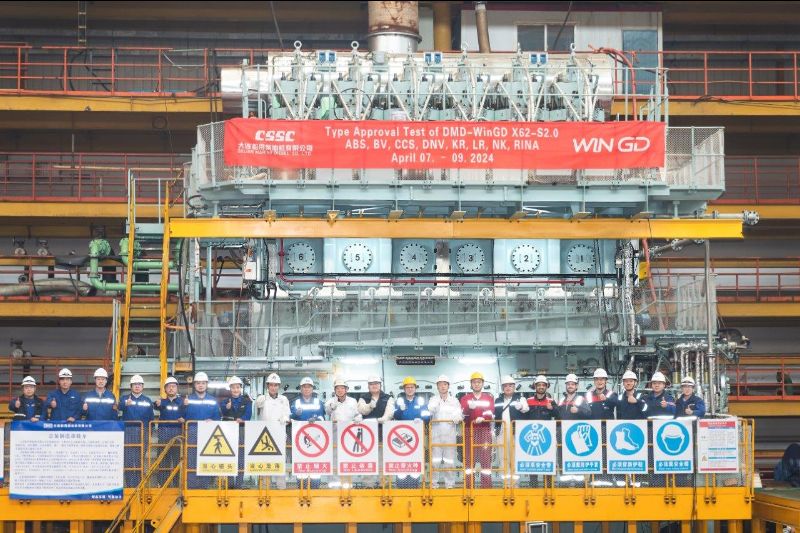Jones Act Case Study: Thomas Murray v City of New York, et al.
Case Name: Thomas Murray v City of New York, et al.
Date of Judgment: 29th May 2009
Court: 2nd Circuit – U.S. Court of Appeals
Judge: Circuit Judges McLaughlin & Raggi, Judge Restani
Citation: 2009 WL 1505153 (2nd Cir.(N.Y.))
Background: New York City Police Officer Thomas Murray filed suit against defendants, City of New York, Island Towing & Salvage, Inc., and Robert Henry. Murray appealed from an award of summary judgment in favor of defendants on his Jones Act, unseaworthiness, and general maritime claims.
Murray was injured when he slipped on the stem deck of a private tugboat, the Rachel Marie, which Murray boarded from New York City Police Department Launch 37 in the course of providing assistance to the tug.
Because the City of New York did not own the vessel on which Murray slipped, his Jones Act and unseaworthiness claim against the City reduced down to one theory: that the City inadequately trained Murray to engage in rescue operations such as the one performed for the Rachel Marie.
Murray argued that the district court erred in concluding that (1) his expert evidence supporting this theory would not have been admissible at trial, and (2) he did not otherwise produce sufficient evidence to overcome summary judgment.
Issue: Whether the trial court properly granted summary judgment in favor of defendants.
Held:
This Court held that summary judgment was properly granted.
Murray brought in an expert to establish that the City did not adequately train their employees on how to conduct a commercial rescue and salvage. However, this Court noted that the expert failed to prove but-for causation.
Murray’s injuries were not caused by the lack of training skills apparently relevant to a commercial salvage operation. Murray slipped, and there was no evidence that this accident could have been avoided with the technical training detailed by Murray and his expert.
Thus, the Court held that summary judgment was properly granted to the defendants.
Comments:
This case shows the extremely important need for but-for causation. But-for causation is used to show that but-for the defendant’s fault, the accident/injury would not have happened.
Without a showing of causation, the cause of action will fail.
Steve Gordon
http://www.offshoreinjuries.com

Subscribe for Daily Maritime Insights
Sign up for gCaptain’s newsletter and never miss an update
— trusted by our 109,341 members

Get The Industry’s Go-To News
Subscribe to gCaptain Daily and stay informed with the latest global maritime and offshore news

 Join The Club
Join The Club








